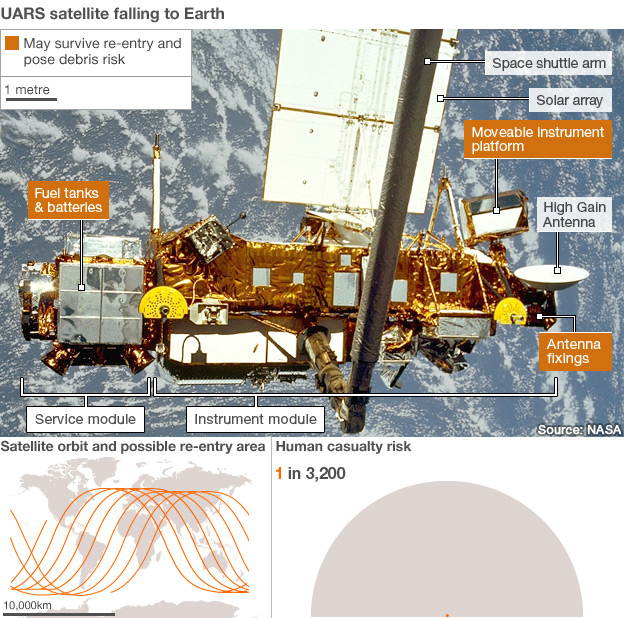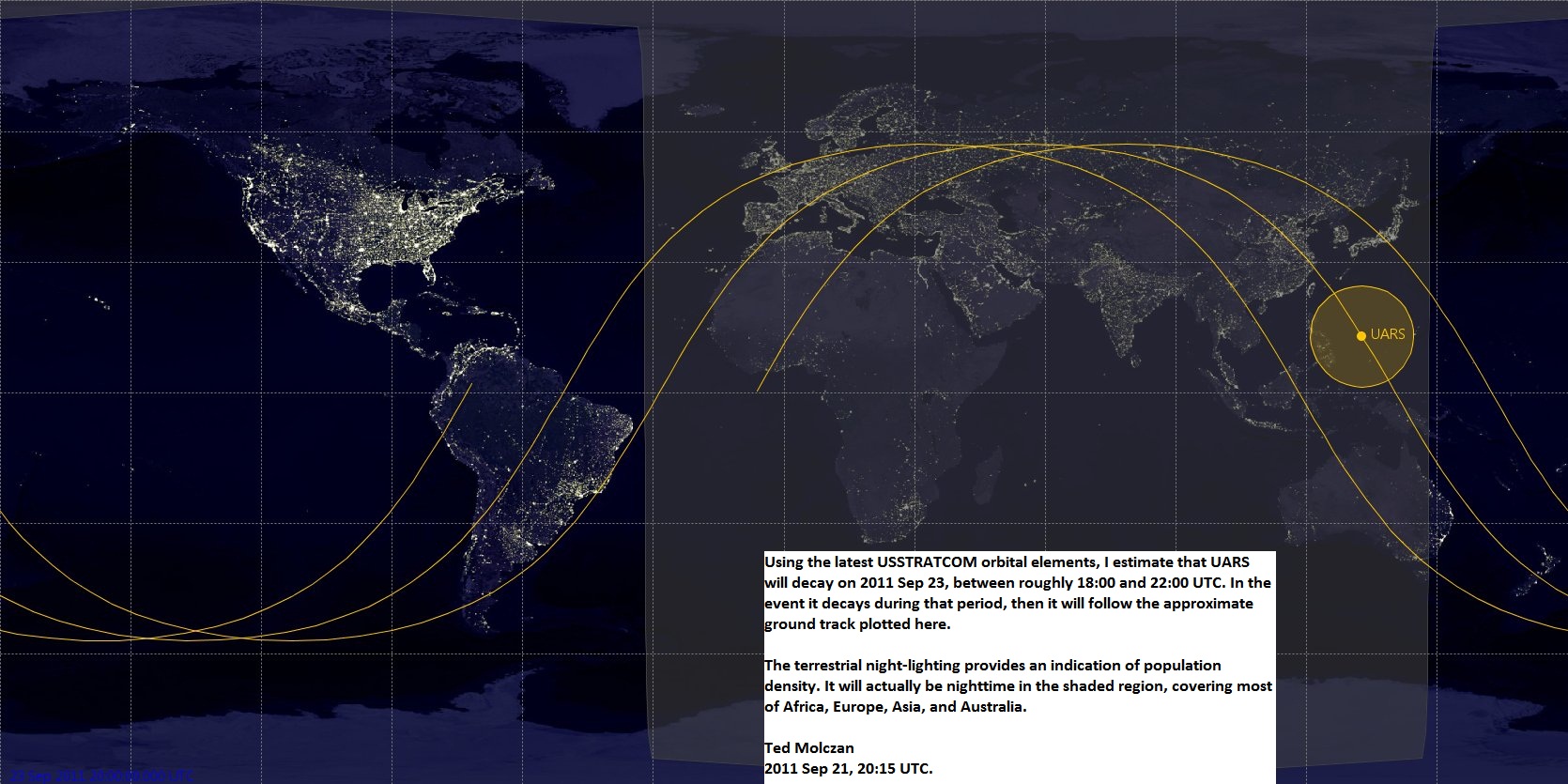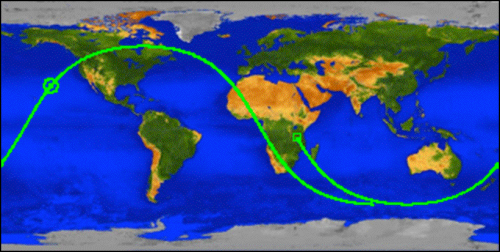- Joined
- 9 October 2009
- Messages
- 21,979
- Reaction score
- 13,645
http://www.youtube.com/watch?v=5laK2JopaVE&feature=player_embedded
NASA: Satellite won't fall on US (msnbc Cosmic Log)
<a href="http://www.space.com/12899-nasa-falling-satellite-uars-space-junk-infographic.html"> <img src="http://www.space.com/images/i/12247/i02/uars-upper-atmosphere-research-satellite-falling-infographic-110920a-02.jpg?1316471229" alt="Get a snapshot view of NASA's Upper Atmosphere Research Satellite (UARS), which will fall to Earth in 2011, in this SPACE.com infographic." width="575" border="1"/></a>
Source: <a href="http://www.space.com">SPACE.com: All about our solar system, outer space and exploration</a>
Falling Space Junk: The Facts About NASA's Doomed UARS Satellite (Space.com)
Where On Earth Will NASA's Doomed Satellite Fall On Friday? (Space.com)
Falling NASA Satellite: Complete Coverage of UARS Spacecraft's Fiery Demise (Space.com)
New images of falling satellite (BBC News)
NASA: Satellite won't fall on US (msnbc Cosmic Log)
<a href="http://www.space.com/12899-nasa-falling-satellite-uars-space-junk-infographic.html"> <img src="http://www.space.com/images/i/12247/i02/uars-upper-atmosphere-research-satellite-falling-infographic-110920a-02.jpg?1316471229" alt="Get a snapshot view of NASA's Upper Atmosphere Research Satellite (UARS), which will fall to Earth in 2011, in this SPACE.com infographic." width="575" border="1"/></a>
Source: <a href="http://www.space.com">SPACE.com: All about our solar system, outer space and exploration</a>
Falling Space Junk: The Facts About NASA's Doomed UARS Satellite (Space.com)
Where On Earth Will NASA's Doomed Satellite Fall On Friday? (Space.com)
Falling NASA Satellite: Complete Coverage of UARS Spacecraft's Fiery Demise (Space.com)
New images of falling satellite (BBC News)






